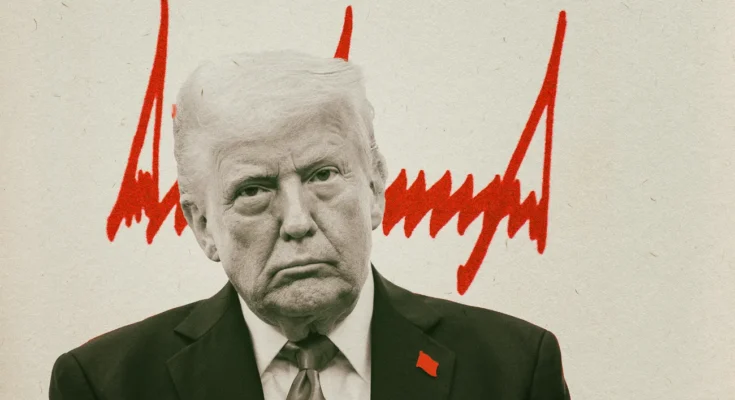In the US, the president has the ability to issue binding orders to authorities through decrees and to clarify or further develop existing laws. The president can also declare a national emergency through executive order.
Many American presidents have been accused of ruling by decree. Because executive orders do not go through the legislative process, the president has the opportunity to bypass Congress using decrees. It is true that Congress can replace presidential decrees with new laws or withhold funds to prevent implementation of presidential decrees. However, the president can veto this. It can only be rejected by a two-thirds majority of Congress.
The decision remains in effect until the president himself or his successor revokes it. Courts can also overturn decisions if they are deemed to violate the constitution. Donald Trump’s decision to abolish citizenship rights based on birth in the US, for example, has been halted by several courts.
Courts have invalidated several of Trump’s executive orders during his first term. The justices struck down key provisions of the so-called Muslim Ban, under which Trump had issued an entry ban on people from Muslim-majority countries days after taking office in 2017. Trump ultimately reversed the ruling and replaced it with new regulations that also included an entry ban. His successor Joe Biden reversed this decision on his inauguration day in 2021.



